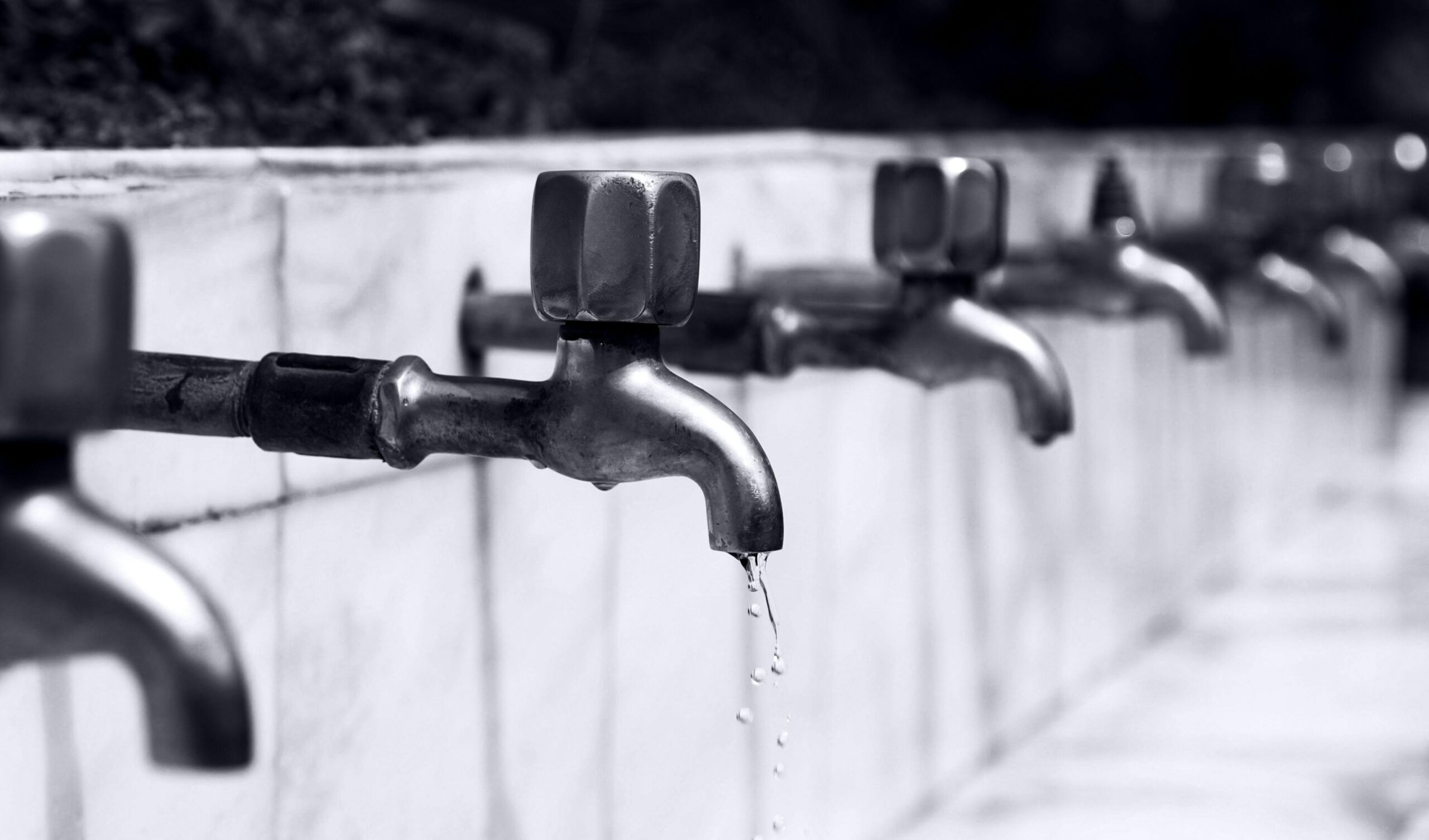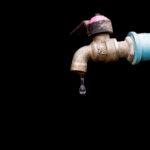Financing Water Infrastructure: Innovative Solutions

Water is essential for life, but ensuring a steady and safe supply requires strong infrastructure. Cities and rural areas need reliable pipelines, treatment plants, and storage systems to provide clean water. However, building and maintaining these systems is expensive. Many governments struggle to find enough money to invest in water projects, leaving communities with aging infrastructure and unreliable access.
Financing water infrastructure is a challenge, but new solutions are emerging. Beyond government funding, private investors, businesses, and even local communities are stepping in to help. Exploring different ways to fund water projects can ensure that everyone has access to clean and safe water for years to come.
The Cost of Water Infrastructure
Water infrastructure involves many costs, from building new facilities to upgrading old ones. Constructing dams, treatment plants, and underground pipes requires large amounts of money, often running into billions of dollars. In addition to construction, ongoing costs include maintenance, repairs, and energy to pump and treat water.
Many governments struggle to cover these expenses, leading to outdated systems that break down more often. When pipes leak or treatment plants fail, water quality drops, and people may not have enough supply. Poor infrastructure also means higher water bills for consumers as utilities try to recover costs. Finding sustainable funding solutions is crucial to ensuring safe and affordable water for all.
Traditional Financing Models
Historically, water projects have been funded through public money. Governments allocate budgets for water infrastructure, often using tax revenue. In some cases, international organizations like the World Bank or the United Nations provide loans and grants to countries in need.
Another common approach is municipal bonds. Cities raise money by selling bonds to investors, promising to pay them back with interest. This method allows large-scale water projects to be built without requiring all the money upfront. However, traditional financing has its limits. Governments often face budget constraints, and taking on more debt isn’t always an option. This is why alternative funding methods are becoming more important.
Public-Private Partnerships (PPPs)
One way to ease the burden on governments is through Public-Private Partnerships (PPPs). In this model, the government teams up with private companies to fund, build, or operate water infrastructure. The private sector brings in money and expertise, while the government ensures that the public’s needs are met.
In a PPP, the government may provide land, initial funding, or policy support, while private companies design, build, or maintain the water infrastructure. In return, these companies earn money through service fees or long-term contracts.
PPPs have been successful in many countries. In some cities, private companies manage water treatment plants while the government sets regulations to ensure fair pricing. An example is the Manila Water PPP in the Philippines, which improved water access for millions of residents. These partnerships can speed up project completion and improve efficiency. However, there are risks. If private companies focus too much on making a profit, water prices may rise beyond what people can afford. This is why clear agreements and regulations are needed to protect public interest.
Blended Finance Approaches
Blended finance is a method that combines money from different sources – such as governments, private investors, and international organizations – to fund water projects. The idea is to use public funds to attract private investment, making large projects more affordable.
For example, a government might provide initial funding for a water treatment plant, while private companies contribute additional money in exchange for a share of future profits. International organizations, such as the World Bank, may also provide loans or guarantees to reduce risks for private investors.
Blended finance has been successful in developing countries where traditional funding is limited. By mixing public and private funds, projects that would otherwise be too expensive become possible. However, careful planning is needed to ensure that private investors do not prioritize profits over public needs.
Green Bonds and Environmental Investments
Green bonds are a growing way to finance water infrastructure while also promoting sustainability. These are special types of loans given to projects that help the environment, such as water conservation, wastewater treatment, and flood prevention.
Many governments and companies issue green bonds to raise money for eco-friendly water projects. Investors buy these bonds knowing their money will go toward projects that improve water access and quality. Since investors are interested in supporting sustainable efforts, green bonds often come with lower interest rates, making them an affordable way to fund projects.
A good example is the European Investment Bank, which has issued billions of dollars in green bonds for water projects worldwide. These funds have helped build cleaner wastewater treatment plants and improve water supply in areas facing shortages.
Community-Based Financing and Water Cooperatives
In some places, local communities take the lead in financing their own water projects. This is especially common in rural areas where government support is limited. Through water cooperatives, residents pool their resources to build and maintain water systems.
Each member of a cooperative contributes a small amount of money regularly. This money is then used to dig wells, install pipes, or maintain water pumps. Some communities also receive grants or low-interest loans from NGOs to support their efforts.
Community-based financing empowers people to take control of their water supply. It also encourages better maintenance, as residents have a direct stake in keeping the system running. However, these projects require strong leadership and cooperation to succeed.
International Funding and Development Assistance
Many developing countries struggle to finance water infrastructure, but international funding helps bridge the gap. Organizations like the World Bank, the United Nations, and regional development banks provide grants, loans, and technical support for water projects.
These funds are often used to build wells, sanitation systems, and water treatment plants in areas where local governments cannot afford them. International donors also support research and innovation to develop cost-effective solutions for water management.
For example, the African Development Bank has funded major water projects across the continent, improving access to clean water in rural and urban areas. However, these projects must be well-managed to ensure funds are used effectively and reach the communities most in need.
Digital Financing and Crowdfunding for Water Projects
Technology has made it easier to raise money for water projects through digital financing and crowdfunding. Online platforms allow individuals and organizations to donate directly to water infrastructure projects in different parts of the world.
Crowdfunding platforms, like Water.org, allow people to contribute small amounts to fund wells, water filters, and irrigation systems. These efforts often focus on small communities where traditional funding is hard to obtain.
In addition, digital payment systems and blockchain technology are being used to improve transparency and ensure that funds reach the right projects. By using technology, water organizations can connect with global donors and speed up the process of financing critical water infrastructure.
Case Studies: Successful Water Infrastructure Financing Models
Looking at real-world examples helps us understand how different financing strategies have improved water infrastructure. Below are three case studies showing how various funding models have successfully provided clean water to communities.
Case Study 1: Kenya’s Maji ni Maisha – Microfinance for Water Access
In Kenya, the Maji ni Maisha (Water is Life) project provided small loans to local water providers to build and upgrade water systems. Traditional banks often do not lend to small water suppliers because they see them as risky investments. To solve this, the project used a mix of donor funding, local banks, and community contributions.
• The project helped finance water supply projects, benefiting thousands of people.
• It encouraged private-sector investment by showing that small-scale water projects can be profitable.
• Local water providers could repay loans over time, making it a sustainable financing model.
Case Study 2: Manila Water Public-Private Partnership (PPP)
The Manila Water PPP is a well-known water project in Metro Manila, Philippines. It started in 1997 when private companies took over the city’s water and wastewater services.
Key Highlights:
• Biggest Water Project at the Time: When it was launched, it was the largest water concession in the world.
• Better Service and Lower Costs: The private companies promised to expand water access and reduce prices.
• Different Sectors Involved: The project brought together French water companies, local businesses, and Japanese investors.
• Helped Low-Income Communities: A special program called “Tubig para sa Barangay” (Water for the Community) provided low-cost connections and affordable water rates for poor areas.
Challenges Faced:
• Old Water Pipes: The system Manila Water took over was already old and needed repairs.
• Workforce Issues: The company had to manage staff concerns and improve operations.
• Public Trust: Manila Water had to convince people that private management was beneficial.
Positive Results:
• Manila Water now serves over 7.3 million people with better water services.
• The project is recognized globally as a successful public-private partnership.
Case Study 3: South Africa’s Lesotho Highlands Water Project – Government and International Collaboration
The Lesotho Highlands Water Project (LHWP) is one of Africa’s biggest water supply projects. It provides water to South Africa while generating hydropower for Lesotho.
• Funded through a mix of South African government funds, loans from international banks, and private investments.
• It delivers billions of liters of water per year to South Africa’s cities while giving Lesotho a steady income from water exports.
• The project also built roads, power lines, and schools in rural Lesotho, boosting local development.
• However, the project faced some challenges, such as environmental concerns and the displacement of local communities.
Key Takeaways from These Case Studies
• Blended financing models, such as combining public and private funds, making projects more sustainable.
• Community involvement is crucial for long-term success.
• Strong governance and regulation help ensure fair pricing and efficient water distribution.
Conclusion
Financing water infrastructure is a critical challenge, but innovative solutions have shown that progress is possible. From microfinance initiatives in Kenya to large-scale public-private partnerships in Manila and cross-border collaborations like the Lesotho Highlands Water Project, different funding models have successfully provided clean water to millions of people.
Sustainable financing requires a mix of government support, private investment, and community involvement. While public funding remains essential, partnerships with businesses and international organizations help scale up projects and improve efficiency. Newer financing methods like green bonds and water funds are also making a difference, ensuring that water projects remain viable in the long run.
However, funding alone is not enough. Strong policies, transparency, and accountability are necessary to make sure investments lead to real improvements in water access and quality. Governments, businesses, and communities must work together to create systems that are affordable, efficient, and sustainable.
As global water demand rises, innovative financing will play a crucial role in ensuring that clean water remains accessible for future generations. Organizations like Aqua Maya are contributing to this effort by supporting projects that bring safe water to underserved communities. With the right investments and strategic planning, we can build resilient water infrastructure that meets both present and future needs.
Sources
1. https://blogs.worldbank.org/en/voices/scaling-up-finance-to-ensure-a-water-secure-future-for-all
2. https://www.unescap.org/sites/default/files/themestudy-2006-ch6.pdf
3. https://www.ifc.org/en/stories/2022/benefits-flow-from-public-private-water-partnerships
4. https://asiakeieigakkai.org/taikai_annai2020_program/e4.pdf






